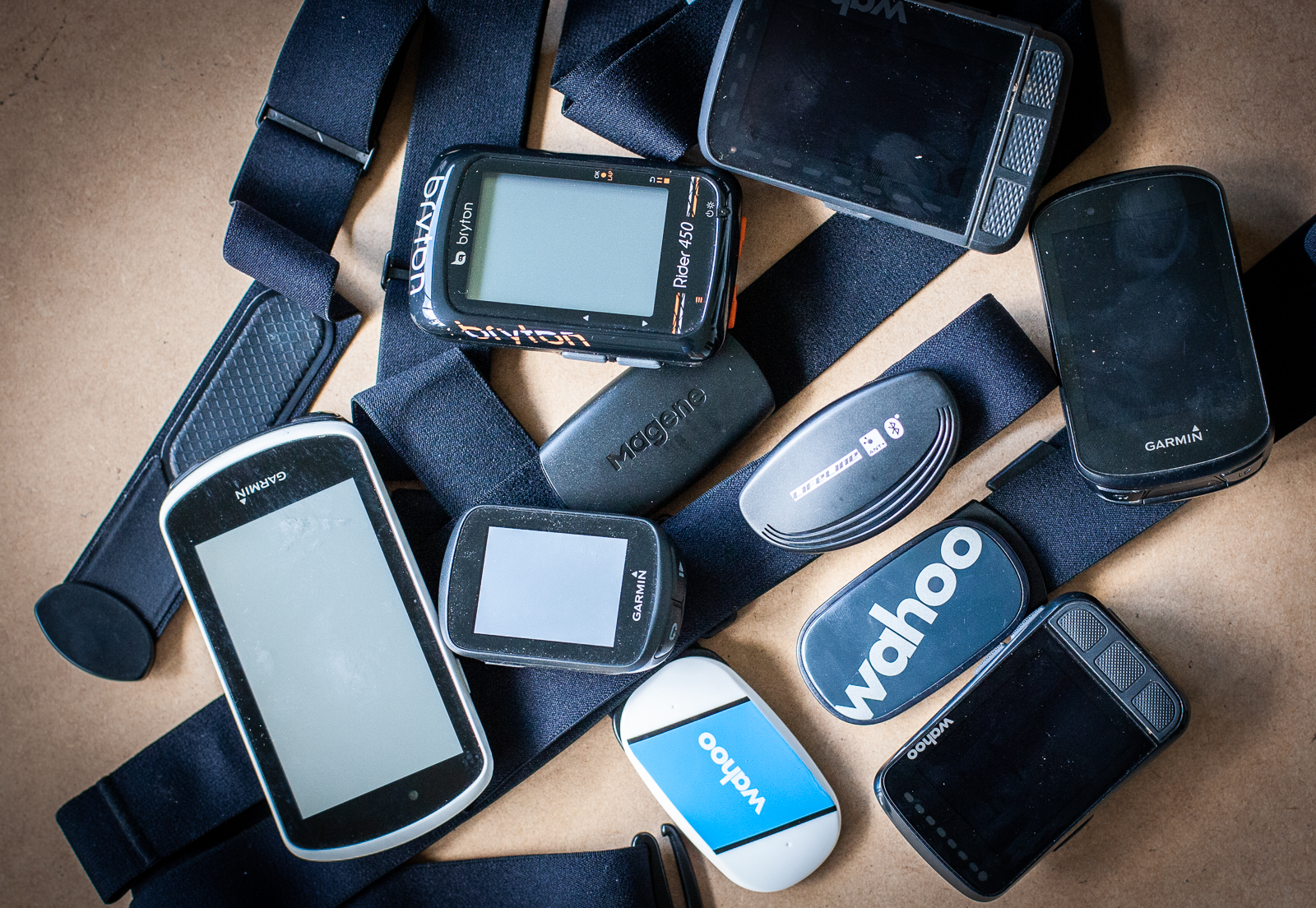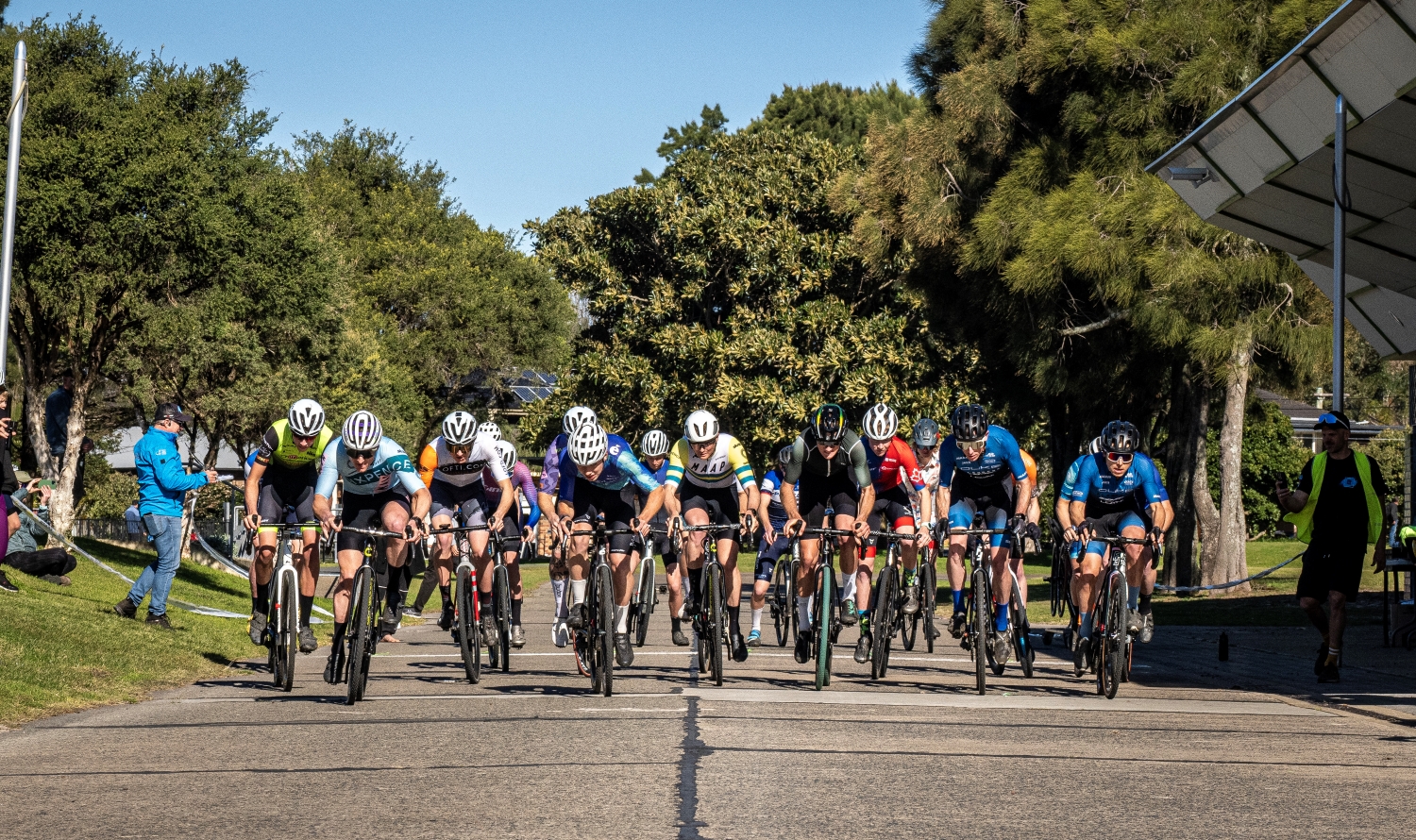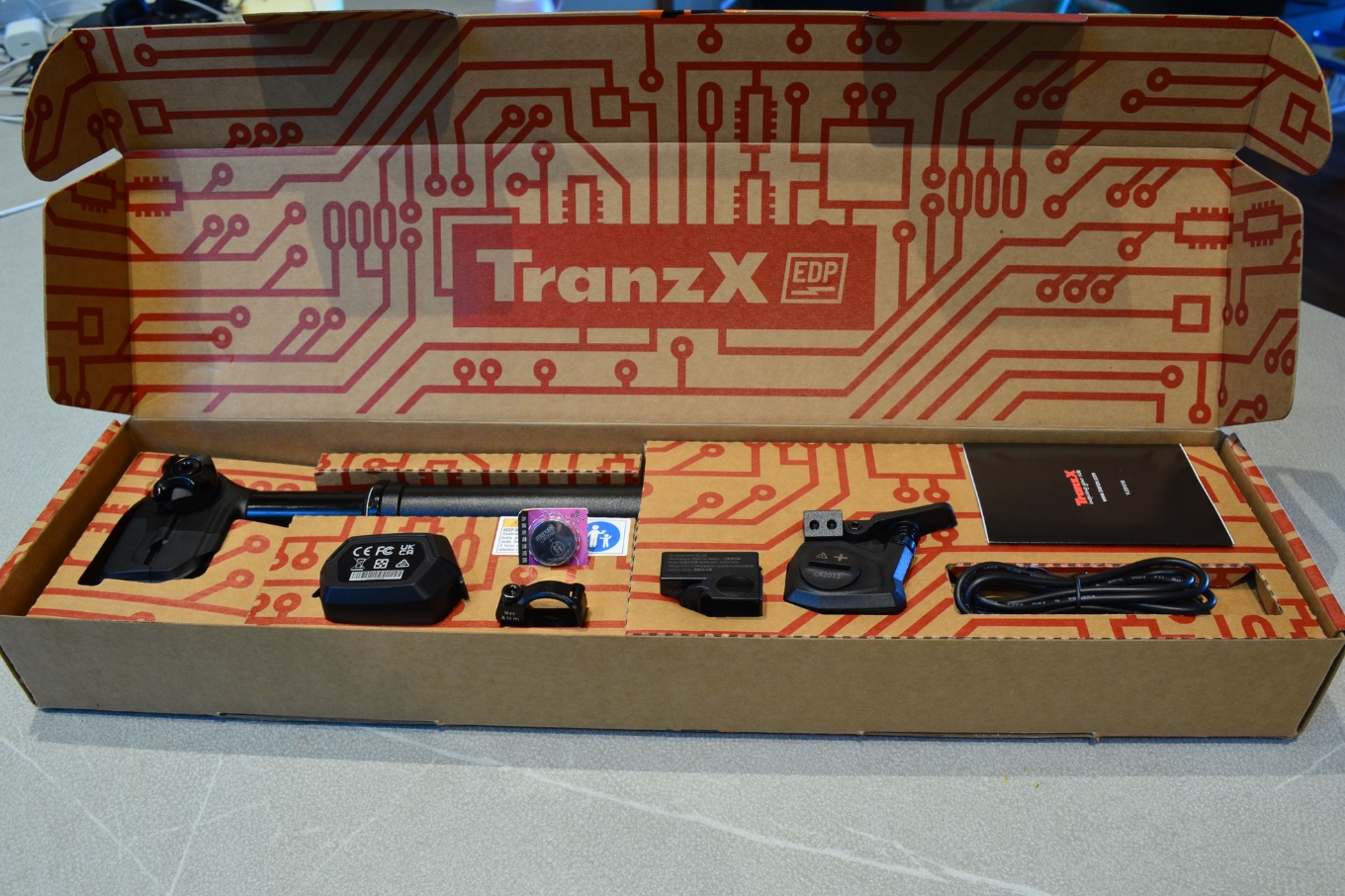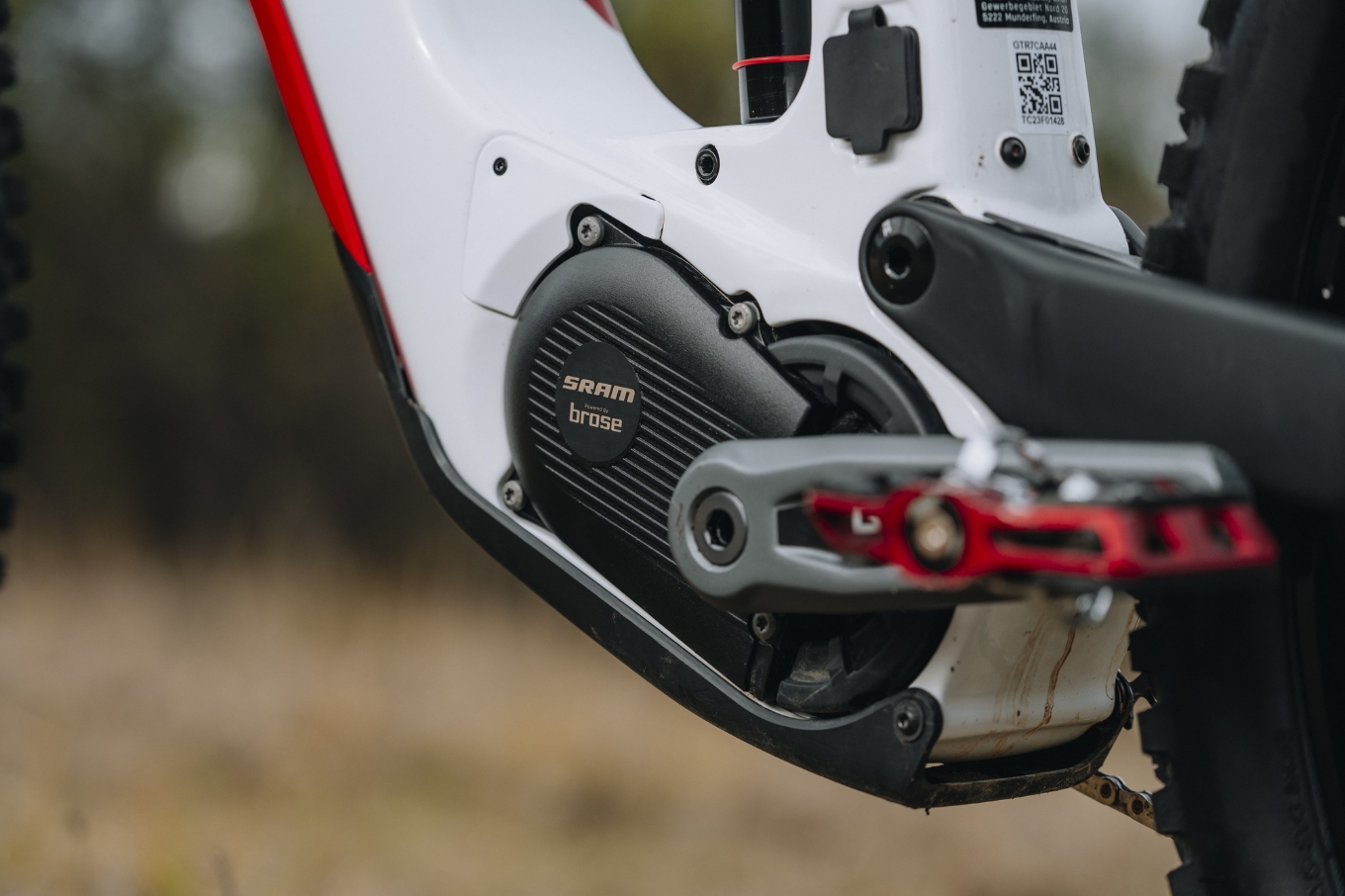FITNESS: Wearable Tech - fad or fabulous?
There's more fitness wearables coming onto the market each year. Anna Beck breaks down what's worth it, and what's not.
Words: Anna Beck
Photos: Mike Blewitt, Red Bull, Phil Gale
Before I rode bikes I was a runner and back then my regular trundle was around 10km… I think. Because back then there were no GPS watches: you could measure it with the Refedex (well that’s what I did…) or by running with others who knew the loops and distances by some mad form of witchcraft. Your key metric was how fast you felt or how much the legs burned. Fast forward to cycling and my first bit of wearable tech was a Polar HRM watch. At that time there was no downloading capability, no GPS and no power; it just displayed your heart rate as you did the activity.
So fast forward 20 years, tech is a driving force within cycling. But with all that’s on the market, what’s useful and what’s not?
HEART RATE:
The OG of training: heart rate training. Whether it’s a pink Polar watch circa 2009 or any of today’s offerings, heart rate was the first big disrupter to athletic training.
What is it?
A sensor – frequently a chest strap, but also now available as optical wrist or arm-based options that senses your pulse through the skin and feeds it back to a unit (or displays through the watch).
Why is it useful
- Heart rate is an easy way to start training within specific heart rate zones.
- Heart rate is a measure of your body’s response to work undertaken, and as such it’s not a direct measurement of work performed, but the bodies response to it letting you know how your body is responding to work on a given day.
- Inexpensive and accessible, heart rate is easy enough to get started with.
Downsides
- Requires knowledge of training principles and ability to set up correct zones in order to train meaningfully.
- Can lag behind in efforts, and is best used in conjunction with rate of perceived exertion
- Sensitive to weather, medications, hydration, illness and fatigue, which can all augment readings at times.
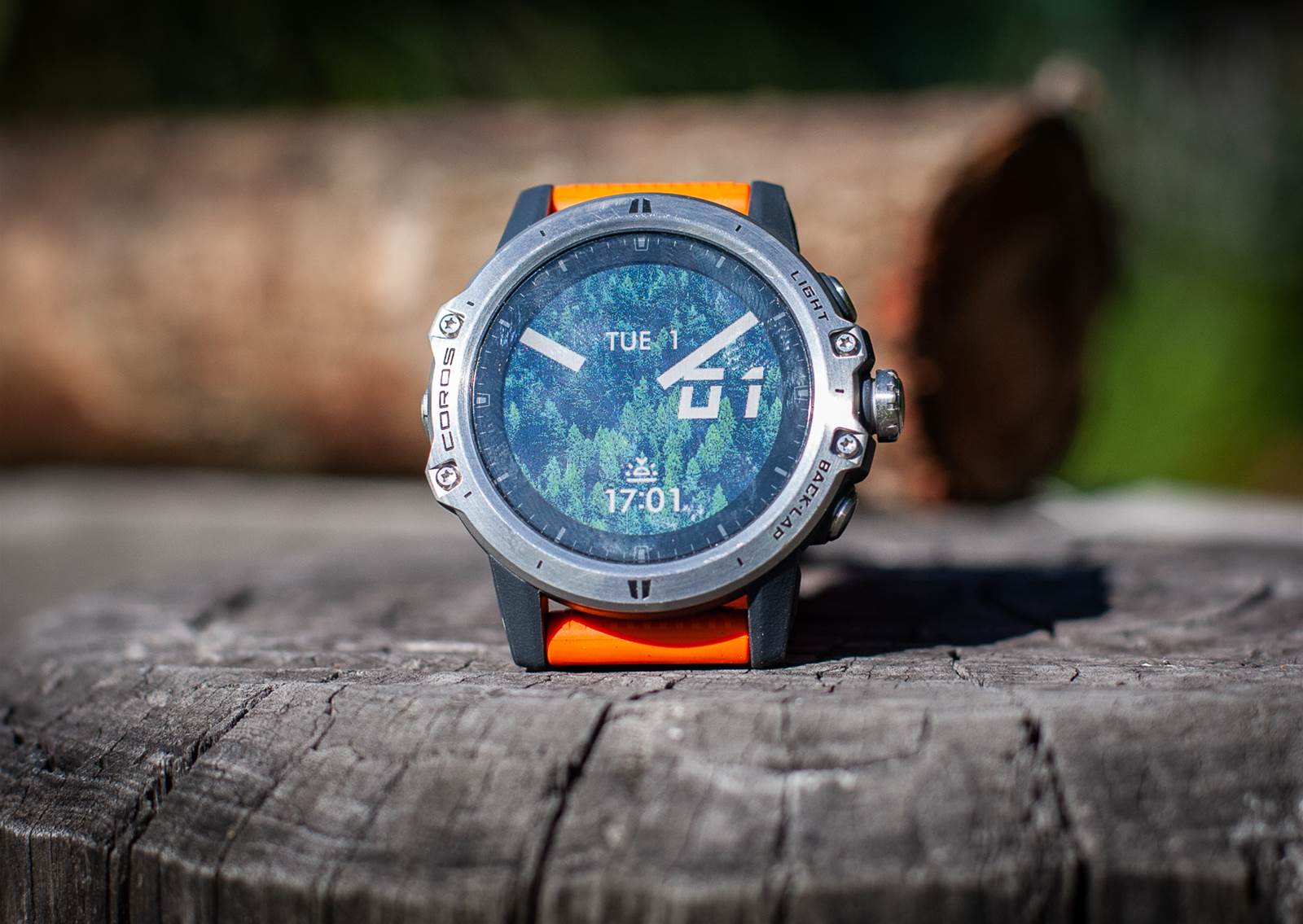
POWER:
The next big game changer in the world of cycling was inarguably power; starting with SRM in sports institutes, power has trickled down to the mass markets and is now more accessible than ever for athletes to use.
What is it?
Power meters come in many different forms, and consist of something that measures strain, converting the work you’re doing on the bike into watts that are displayed on your head unit. Power meters come in many forms: pedal based, crank based, spider based, bottom-bracket and rear hub based and on smart trainers.
Why is it useful?
- Power is the actual work you’re performing when compared to heart rate being the response: think of power as the speedo and heart rate as the revs.
- You can track changes in power across different durations, compare across athletes, and set meaningful targeted efforts that stress the energy systems used in your specific race discipline.
- Together with heart rate you have a more holistic view of workload and response
Downsides:
- 300W to one athlete is a very different load to another athlete, comparison between athletes can be useful as a watt is a watt, but everyone’s numbers are individual.
- Accuracy is much less of an issue nowadays, but it can still be wise to use with a coach to pick up trends and use data effectively rather than just trying to set Super Mario PBs every ride.
- While power meters have become more accessible, they’re still more expensive than heart rate, beginning at about $400 for a crank-based set up.

HEART RATE VARIABILITY (HRV):
Heart rate variability’s meteoric rise in sporting circles has been enabled mostly because of smart phones and the ease of availability of use due to numerous HRV apps. While heart rate variability has been around for a long time with studies in the general and clinical population, it’s only in the past few years that its application in sport science has materialised.
What is it?
Heart rate variability can be assessed through various smartphone apps, as well as specific technology such as Whoop, and certain sport ecosystems such as the Garmin Fenix range. HRV is an old concept that’s come into favour recently for athletes tracking training loads and recovery. HRV assess intra-beat variability within an average resting heart rate; with the rule of thumb being that higher variability is related to being better recovered, and lesser variability indicating fatigue or lower recovery.
For example, though your resting heart rate may be 60, there will be discrete variations between each beat (the ‘R-R interval’), and heart rate variability assess this. As heart rate is part of your autonomic nervous system, the variability is an interplay between your sympathetic and parasympathetic nervous system, which reigns in and decreases heart rate variability when stressed or fatigued, and is less tightly controlled (more variable!) when well rested.
High profile athletes such as Kate Courtney are ambassadors and vocal advocates of Whoop’s platform of HRV, strain and sleep platforms, using the technology to propel her to her World Cup overall title in 2019.

Why is it useful?
- Recovery tools like HRV are becoming increasingly popular as more amateur athletes are realising that performance gains are built in the recovery period.
- Consistent tracking of HRV can build a picture of what freshness and fatigue looks like numerically.
- Easily accessible and reasonably cheap through either a smartphone app, fitness watches, or other wearable technology such as Whoop.
Downsides
- Links between recovery and heart rate variability in athletes are a little more complex than that of the general population.
- Ideally, it should be assessed at the same time each day, and generally at rest.
- Many options for HRV rely on optical wrist-based sensors which tend to be less accurate than chest straps.
- Studies show athletes could differ from general population in response to stress and HRV changes.
CONTINUOUS GLUCOSE MONITORING (CGM):
Like most technology within sport, continuous glucose monitoring or CGM has trickled down from medicine into the sporting realm. Professional road teams such as Canyon//SRAM and Jumbo-Visma have taken the technology from brand Supersapiens on board and are using CGM alongside traditional technologies.
What is it?
Technology has allowed diabetics constant monitoring of glucose levels through a sensor located in the skin, and this technology has been hacked for performance, enabling blood glucose monitoring within both exercise and during recovery periods. This is then fed back to a phone app, and/or your Garmin unit. Supersapiens is the main brand currently commercially offering this technology for athletes.
The Supersapiens platform uses Abbott’s Libre Sense Glucose Sport Biosensors, a CGM specifically for sports use. The sensor is positioned on the upper arm and injects an ultra-thin filament subdermally (under the skin), measuring glucose levels from the interstitial fluid (fluid surrounding cells).
Why is it useful?
- Athletes can track their glucose levels in real time during hard bouts of exercise, and look at their nutrition and its effect on glucose, and the surrounding response of this (fuelled vs fatigued).
- It can also assist with post exercise recovery and detecting bouts of hyperglycaemia in the post exertion state.
- The idea that knowing exactly where your glucose level is could be seen as a huge advantage during multi-day stage races and times when fuelling incorrectly could lose you the race.
- Also allows the ability to assess different nutritional strategies to allow you to find out what works best for you.
Downsides
- Literature on CGM in athletes is very very lean: the researched offered doesn’t directly support the application of this technology in peak performance.
- Thus while this data could be interesting and beneficial, it’s still very much in the experimental phase in regards to performance
- The sensors measure: interstitial fluid, and we aren’t sure this would represent the full clinical picture as doesn’t represent muscle glycogen levels.
- It’s expensive.
CORE BODY TEMPERATURE MONITORING:
Core body temperature rose in popularity in the lead up to the Tokyo Olympics. A guaranteed hot and humid environment led to many universities and sports institutes funding research on heat adaptation, leading to the assertion that heat acclimatisation could be as useful to athletes performance as altitude training.
CORE is a brand developing body temperature monitoring systems for use in high performance and athletic fields. The CORE unit measures energy transfer of heat across the skin in order to estimate core body temperature, however the brand’s papers on the application and validity of this technology in sport isn’t available; and searching CORE and core body temperature confounds searches for research.

Why is it useful?
- Potential benefits in tracking personal performance/temperature curve.
- Measuring heat flux like the CORE unit more effective e in accurately measuring core body temp than skin or tympanic measures.
- Could assist in measuring heat acclimatisation.
Downsides
- Many studies look at core temperature as a result, and something that can be trained for (ie: competing in hot and/or humid conditions) however it is a personal number of tolerance, and highly variable.
- Core and skin temp are different: though it measures flux which is better than other options, skin-based thermometers with one site of reference aren’t a true indicator of core temp, with a potential difference of 1-2 degrees.
- Validated in clinical populations according to the studies they link, but similar to the CGM there is no performance population data available
- Expensive
After more fitness articles? Click here.

